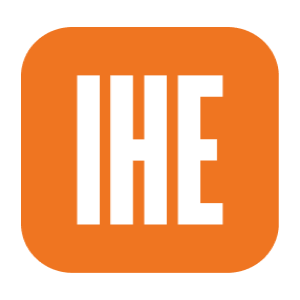
Indian Students Look Elsewhere After H-1B Visa Price Shock
The new $100,000 fee for H-1B visas could prove to be the final straw for Indian students’ plans to study in the U.S., with other destinations set to benefit as a result.
The move by the Trump administration—the latest in a long list of restrictions affecting international students—is set to impact Indians the most, given they account for more than 70 percent of H-1B recipients.
Many students enroll in courses with a view to progressing on to the visa, working in industries such as Silicon Valley.
“The sentiment among prospective … students is pretty dismal after this announcement,” said Sonya Singh, founder of SIEC, an education consultancy.
“The queries and applications for U.S. universities have seen a significant drop, and students are considering alternatives. Destinations such as the U.K., Germany and Australia are being explored, and Canada is proposing a dedicated work permit for current and potential U.S. H-1B holders. All these initiatives and policy changes are sure to bring about a massive shift in demand for the U.S. as a destination.”
Sagar Bahadur, executive director for Asia at international education consultancy Acumen, said the debate has created “a lot of talk, anxiety and perception-building” among prospective students.
He noted that students are increasingly deferring study plans, exploring alternative destinations or considering “transnational pathways” that allow them to start degrees elsewhere before moving to the U.S. if conditions improve.
Pankaj Mittal, secretary general of the Association of Indian Universities, said the fee hike was “shaking things up for Indian students eyeing the U.S. for education and careers.”
With uncertain job prospects and shifting policies, she argued, parents may no longer be willing to pay high tuition fees.
“Countries like Germany, Canada, Australia, U.K., Singapore and Malaysia may gain traction due to stable policies, work opportunities and affordability,” Mittal said, highlighting Germany’s free or low-cost tuition and work allowances as a growing draw for Indian students.
She also warned of wider repercussions for international collaboration. “This decision may impact partnerships with U.S. institutions as Indian universities explore alternatives and strengthen ties with European, Canadian or Australian institutions. STEM and health-care sectors may be particularly affected due to high H-1B dependency.”
Early signs of a shift are already emerging. Narender Thakur of the University of Delhi noted declining interest in short U.S. master’s courses in computing and engineering, fields closely tied to H-1B pathways.
He suggested that students may increasingly consider other global destinations or branch campuses in India, while research partnerships with U.S. institutions could slow. Opportunities in entrepreneurship and remote work may also appeal to students deterred from U.S. employment.
Andrew Morran, head of politics and international relations at London Metropolitan University, said the policy would “particularly hit Indian students, who last year made up 71 percent of international student applications, according to U.S. government statistics.”
He described the move as part of a broader trend restricting access to U.S. universities and warned it could make study in the U.S. “even more the preserve of the elite and the wealthy” while undermining classroom diversity.
“It will also impact the student experience, as diversity is undermined and the shared experience of a global classroom is weakened further,” Morran said. Universities might seek students elsewhere, he added, but the hostile political climate and attacks on immigration could blunt recruitment.
“Talent gaps cannot be filled overnight. Meanwhile, the rest of the world will take every opportunity it has to steal these students,” he said.
Source link




